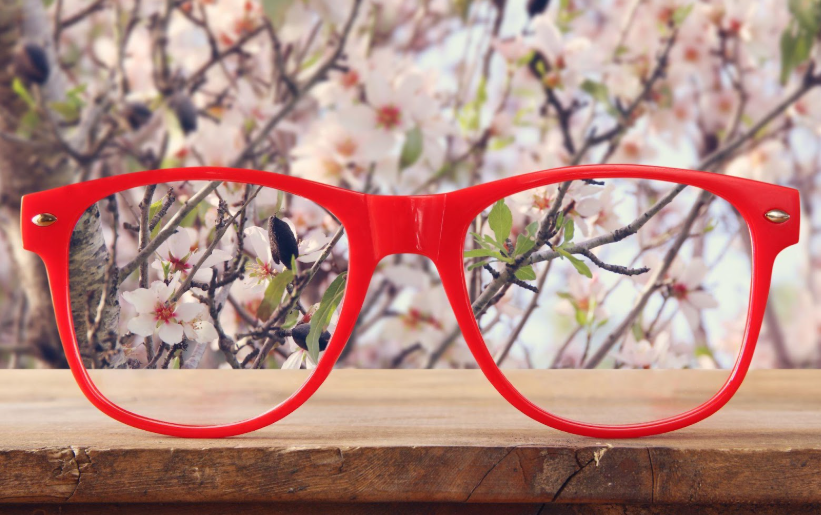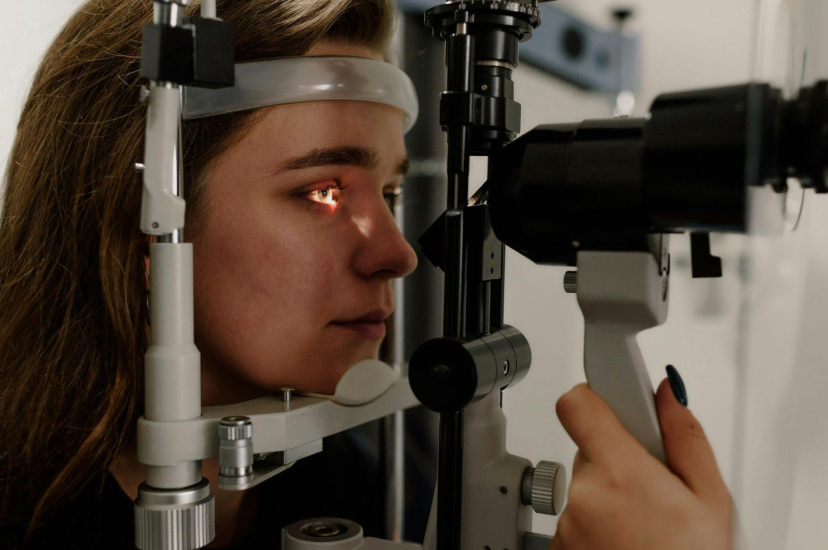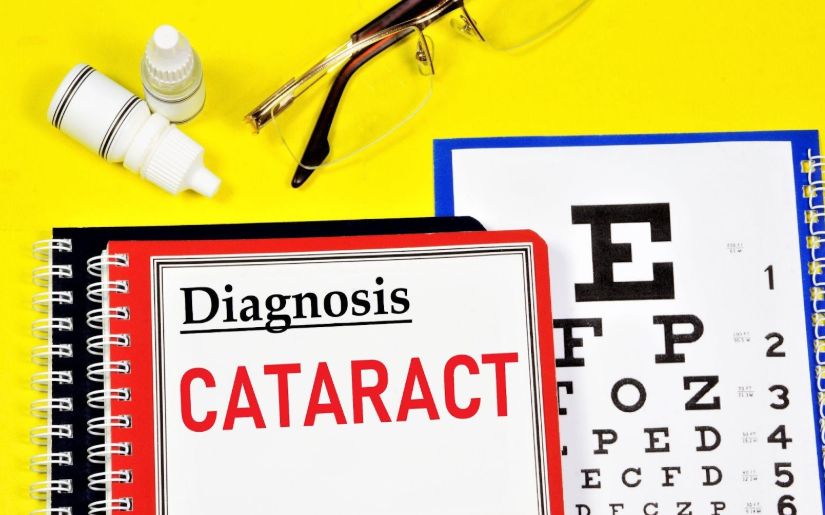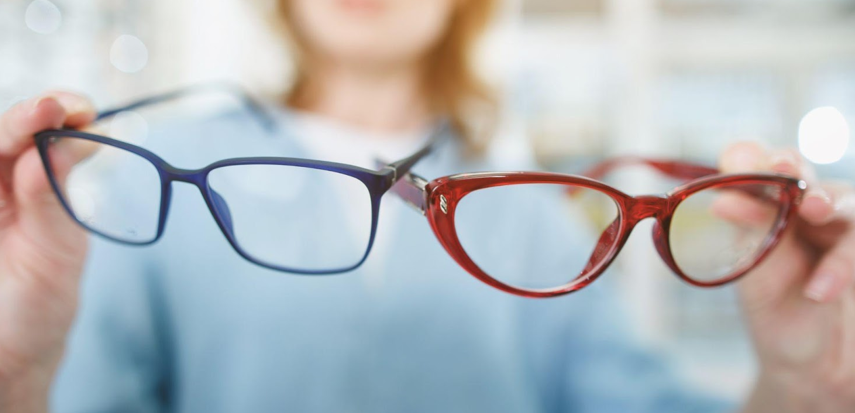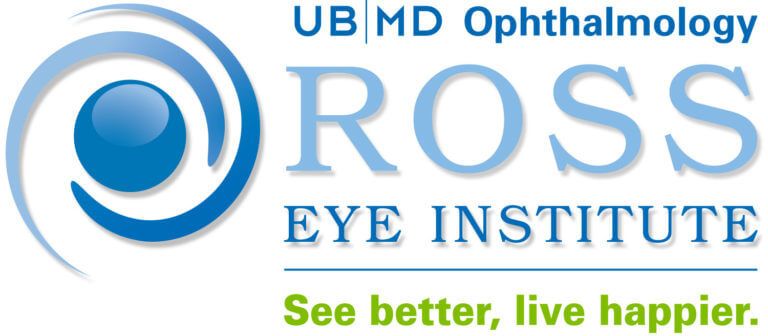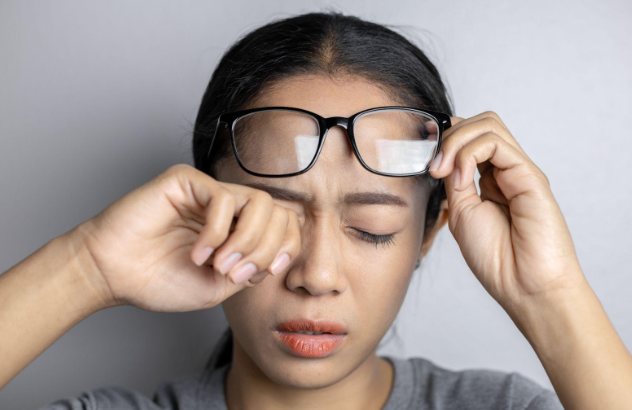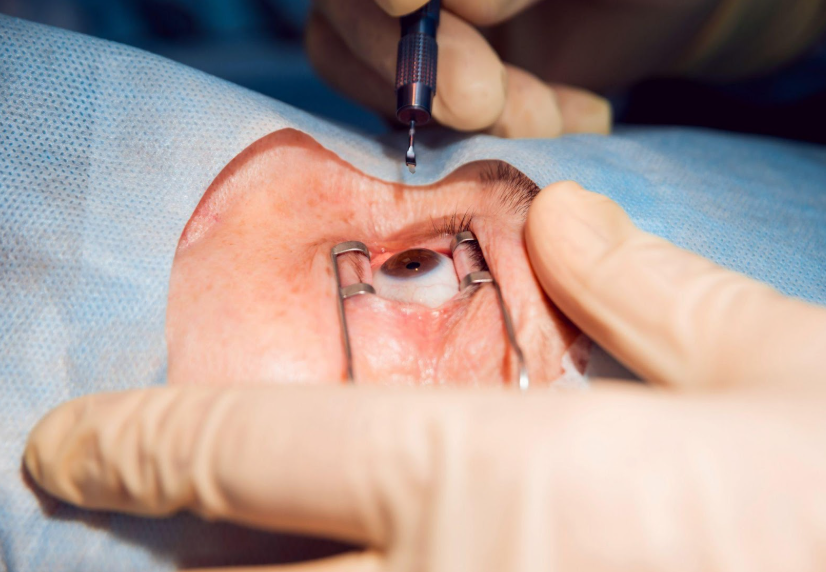Blue Light Exposure and Digital Eye Strain: How Fall Affects Screen Time
Blue Light Exposure and Digital Eye Strain: How Fall Affects Screen Time
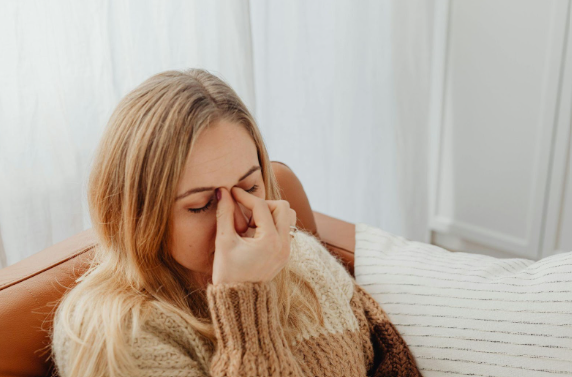
Blue light is a high-energy visible (HEV) light emitted naturally by the sun and artificially by devices such as smartphones, computers, tablets, and LED lighting. While natural blue light helps regulate the body’s circadian rhythm, excessive artificial exposure—especially at close distances—can contribute to visual discomfort and potentially disrupt sleep patterns. Prolonged exposure to digital screens forces the eyes to constantly adjust focus and process intense light, which can result in digital eye strain, also called computer vision syndrome.
In recent years, as technology has become a constant presence in daily life, concerns about the long-term effects of blue light have grown. While research is ongoing, experts agree that reducing unnecessary exposure and practicing healthy screen habits are important steps in protecting eye health.
Why Fall Can Increase Screen Time
The fall season brings shorter daylight hours, cooler temperatures, and more indoor activities. As evenings arrive earlier, people tend to rely more on artificial lighting and spend additional time on digital devices for work, education, and leisure. The transition from summer’s longer, brighter days to fall’s dimmer light conditions can subtly change visual habits, often leading to more concentrated screen use.
Additionally, fall is a busy season for students and professionals alike. School semesters are in full swing, and end-of-year work projects begin to intensify. The combination of academic demands, increased online communication, and a rise in streaming entertainment during cooler evenings can result in prolonged screen exposure, which increases the risk of blue light-related eye strain.
How Blue Light Contributes to Digital Eye Strain
Here is how blue light contributes to digital eye strain:
The Role of Blue Light in Visual Fatigue
When you look at a digital screen, your eyes work harder to focus on pixels that are constantly changing in brightness and contrast. Blue light scatters more easily than other visible light wavelengths, making it harder for the eyes to maintain sharp focus. This scattered light forces the ciliary muscles of the eyes to work continuously, which can lead to symptoms like blurred vision, headaches, and general eye discomfort.
Effects on Tear Film and Eye Moisture
Fall weather often means lower humidity both outdoors and indoors due to heating systems. Dry air combined with prolonged screen use can cause the eyes to blink less frequently—sometimes reducing the blink rate by nearly half. This leads to faster tear film evaporation, increasing the risk of dry eyes, irritation, and redness.
Disruption of Circadian Rhythm
Exposure to blue light in the evening can delay the release of melatonin, the hormone that signals to the body it’s time to sleep. This is particularly relevant in the fall, when the earlier onset of darkness may tempt people to use devices well into the night, extending their screen exposure and affecting sleep quality.
Seasonal Factors That Worsen Eye Strain in Fall
Here are the seasonal factors that worsen the eye strain in fall:
Reduced Natural Light Exposure
Natural light provides a balanced spectrum that supports healthy vision. In fall, shorter daylight hours mean more reliance on artificial light sources, which often have higher proportions of blue wavelengths. This makes the eyes more susceptible to fatigue and discomfort.
Increased Work and Study Indoors
Fall is a peak season for academic and professional activities, many of which involve prolonged computer use. Online meetings, virtual classes, and extended research sessions keep eyes fixed on bright screens for long periods without sufficient breaks.
Environmental Dryness
The cool, crisp air of fall can be refreshing, but when combined with indoor heating, it can lower the humidity in living and working spaces. This dry environment increases the likelihood of ocular dryness, compounding the discomfort of digital eye strain.
Signs You May Be Experiencing Digital Eye Strain
Digital eye strain manifests differently for each person, but common symptoms include blurred or double vision, headaches, neck or shoulder pain, difficulty focusing, and eye redness or dryness. In the fall, these symptoms may appear more pronounced due to increased time indoors and exposure to artificial blue light sources. Persistent discomfort should be evaluated by an optometrist or ophthalmologist to rule out underlying conditions and to receive personalized management strategies.
Strategies for Protecting Your Eyes During Fall Screen Time
Adjusting Lighting and Screen Settings
Balancing the lighting in your workspace can significantly reduce glare and eye strain. Using warm-toned lighting in the evenings and lowering screen brightness to match the surrounding environment can help limit blue light exposure. Many devices now include night mode or blue light filtering settings, which can reduce HEV light output.
Practicing the 20-20-20 Rule
One of the simplest yet most effective techniques for reducing eye strain is the 20-20-20 rule: every 20 minutes, look at something 20 feet away for at least 20 seconds. This allows the eye muscles to relax and reduces continuous focusing stress.
Using Artificial Tears
Lubricating eye drops can help maintain a healthy tear film, especially in dry indoor environments. Keeping the eyes moist reduces irritation and helps sustain comfort during prolonged screen use.
Incorporating Screen Breaks into Your Routine
Scheduling regular breaks away from digital devices encourages physical movement, improves circulation, and allows your eyes to rest. Even short breaks every hour can have a noticeable impact on reducing fatigue.
The Importance of Professional Eye Care
While lifestyle changes can alleviate mild digital eye strain, professional eye exams remain essential for long-term visual health. Eye care providers can recommend prescription lenses with anti-reflective or blue light filtering coatings tailored to your specific needs. They can also assess whether your symptoms are solely related to screen time or if an underlying vision problem is contributing to the discomfort.
Seasonal changes like those in fall highlight the importance of proactive eye health management. By understanding how environmental and lifestyle factors intersect, you can better protect your vision during months when screen use tends to increase.
Final Thoughts
Fall’s shorter days and cooler weather naturally draw people indoors, increasing reliance on digital devices for work, education, and entertainment. While blue light plays a role in maintaining alertness and regulating sleep cycles, excessive artificial exposure—especially during extended screen use—can lead to digital eye strain and discomfort. Understanding the connection between seasonal changes, screen habits, and eye health is key to prevention. By making mindful adjustments to lighting, taking regular breaks, and seeking professional eye care when needed, you can enjoy the benefits of technology without compromising your vision.
At
Ross Eye Institute, our experienced eye care professionals provide comprehensive eye exams, advanced diagnostic tools, and personalized recommendations to keep your eyes healthy and comfortable year-round. Whether you need blue light filtering lenses, treatment for dry eye, or guidance on safe screen habits, we’re here to help you see—and feel—your best.
Contact us today and give your eyes the care they deserve.
